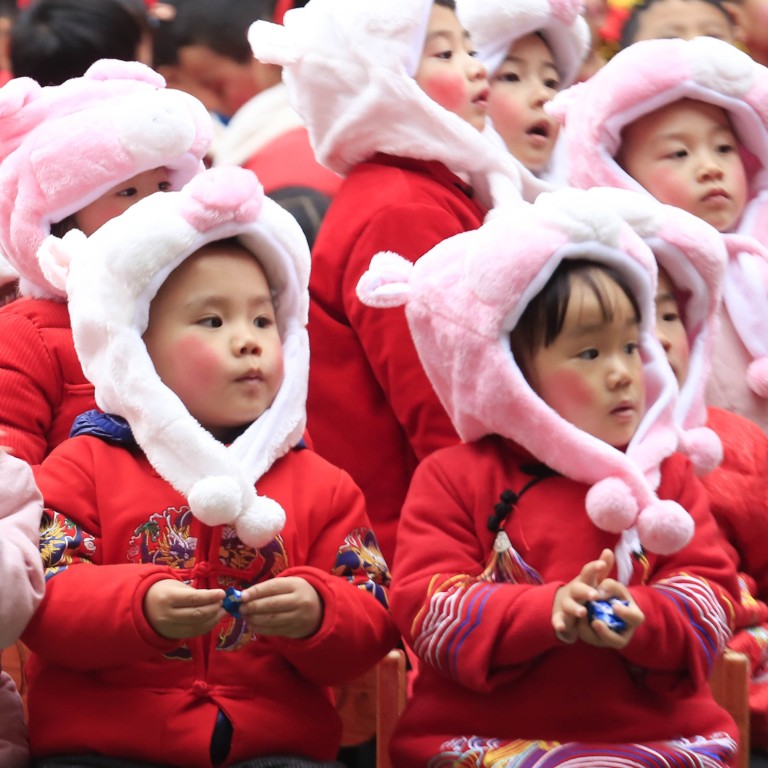
China should look to others for a way out of demographic dilemma
- The expected surge in births after the dropping of the one-child policy for a two-child policy has failed to happen
- China should take the lead from other countries in finding ways to boost the population
The saying “be careful what you wish for” may be trite, but it fits China’s demographic dilemma. To restrain a population explosion and boost per capita economic growth, the authorities introduced a one-child policy. They got their wish. It worked, clearing the way for lifting hundreds of millions out of poverty in the space of a generation.
But it has rebounded on its architects in a textbook example of the meaning of the saying – that if you get what you wish for, beware of unwanted and unforeseen consequences. In this case the unwelcome outcome has turned out to be a stubbornly low birth rate which the authorities no longer want, but which has so far defied attempts to turn it around. It is rapidly ageing the population.
As a result, researchers say, China faces a demographic crisis that threatens economic growth, which is already slowing down. Official statistics due later this month are expected to show the number of children born last year was the lowest since 2000. State media has reported that the final figure would fall below 15 million, more than two million fewer than in 2017.
China now facing the problem of not having enough babies
Yi Fuxian, a researcher at the University of Wisconsin-Madison and a long-standing critic of China’s family planning policy, and Su Jian, an economist at Peking University, co-authored a paper arguing that the nation may have begun to see a long-lasting fall in its population, with last year a historical turning point.
Hua Changchun, an economist with Guotai Junan Securities, wrote in a research note that the process of a quickly ageing society, highlighted by fewer births, a shrinking age group between 20 and 50 and a surge in the elderly population was set to affect the economy.
Beijing’s expectation of a surge in births when it dropped the one-child policy for a two-child policy in 2016, to meet a looming contraction of the working-age population, has been confounded by lack of enthusiasm for the perceived sacrifice involved in having children. Policymakers need to think about the economic and social ramifications. After all, in the absence of migration, an average of just over two live births per woman is required to keep the population size constant. In Japan, the economic impact of an ageing population has compelled reconsideration of a strict stance on immigration.
For the sake of economic and social stability, there is a need for China to think ahead and take the lead from other countries. France is another example. Its higher birth rate than its European neighbours after the Global Financial Crisis was attributed to welfare programmes that included access to long-term care for children aged under three and regular cash transfers to families with children.
Having reined in the birth rate to raise living standards, China may now have to loosen the purse strings and relax a stringent immigration stance to avoid overshooting and undermining its goal.

